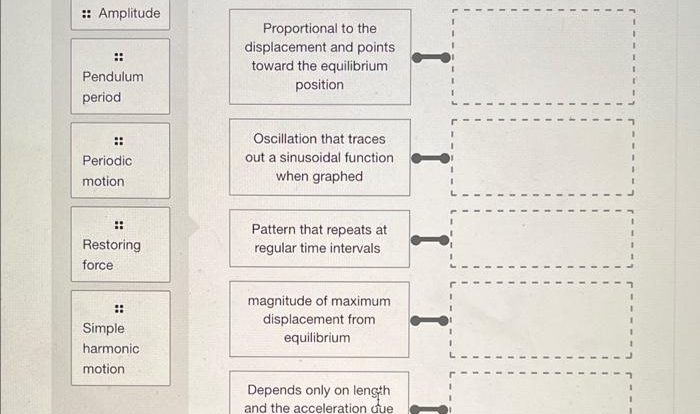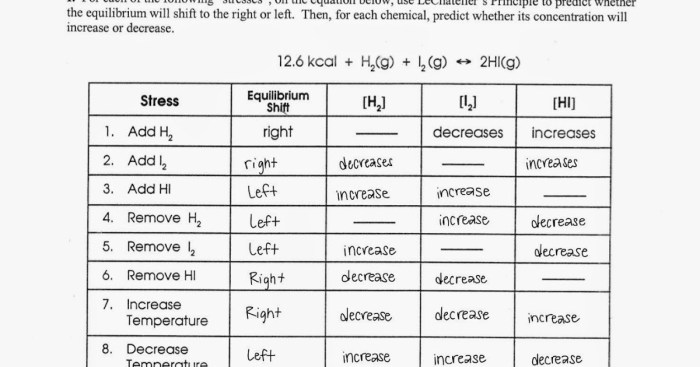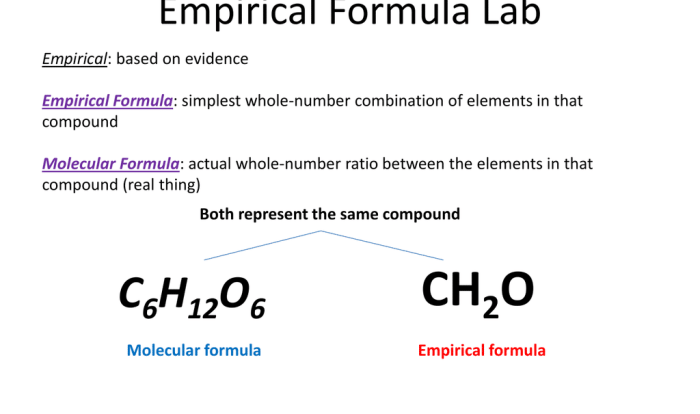Separate this redox reaction into its balanced component half reactions – Redox reactions are ubiquitous in chemistry, involving the transfer of electrons between species. Understanding how to separate redox reactions into their balanced component half-reactions is crucial for comprehending the underlying mechanisms and predicting reaction outcomes. This article delves into the intricacies of redox reactions, providing a comprehensive guide to identifying, separating, and balancing half-reactions.
Redox reactions are characterized by the simultaneous occurrence of oxidation and reduction processes. Oxidation involves the loss of electrons, while reduction involves the gain of electrons. By understanding the principles of redox reactions and the techniques for separating them into half-reactions, chemists can gain valuable insights into the reactivity and behavior of chemical species.
1. Definition of Redox Reactions
Redox reactions are chemical reactions that involve the transfer of electrons between atoms or ions. Oxidation is the loss of electrons, while reduction is the gain of electrons.
Electron transfer is a fundamental aspect of redox reactions. When an atom or ion loses electrons, it becomes oxidized, and when it gains electrons, it becomes reduced.
2. Identifying Redox Reactions: Separate This Redox Reaction Into Its Balanced Component Half Reactions
Redox reactions can be identified using various methods, such as oxidation numbers. Oxidation numbers assign a numerical value to each atom in a molecule or ion, representing its oxidation state.
In a redox reaction, the oxidation numbers of the atoms involved change. The species that increases in oxidation number is oxidized, while the species that decreases in oxidation number is reduced.
3. Separating Redox Reactions into Half-Reactions
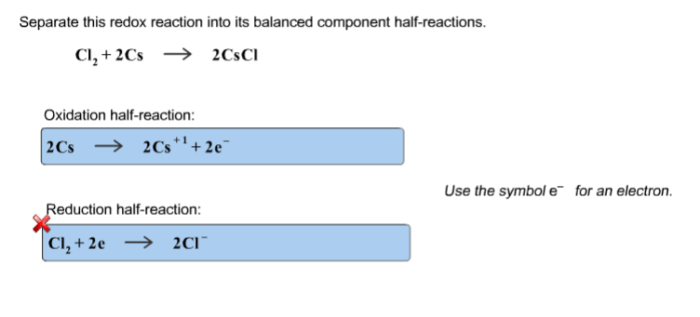
Redox reactions can be separated into two half-reactions: an oxidation half-reaction and a reduction half-reaction.
The oxidation half-reaction shows the loss of electrons, while the reduction half-reaction shows the gain of electrons. The two half-reactions are balanced in terms of mass and charge.
4. Balancing Half-Reactions
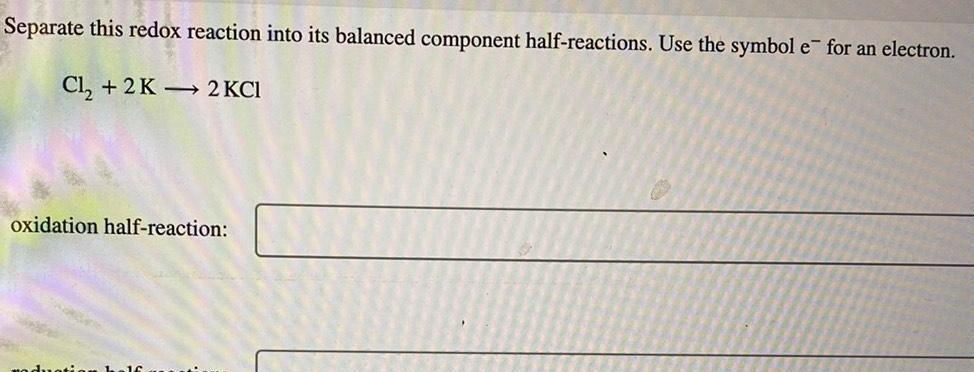
Balancing half-reactions is crucial for ensuring the overall redox reaction is balanced. Two methods commonly used for balancing half-reactions are the half-reaction method and the oxidation number method.
The half-reaction method involves adding electrons and protons to the half-reaction to balance the charge. The oxidation number method involves changing the oxidation numbers of the atoms in the half-reaction to balance the electrons lost or gained.
5. Combining Half-Reactions
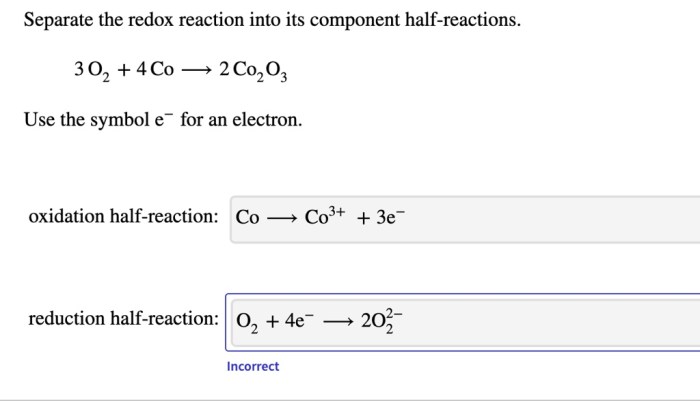
Once the half-reactions are balanced, they can be combined to form the overall redox reaction. Spectator ions, which do not participate in the redox reaction, are added to ensure that the overall reaction is balanced in terms of charge.
The overall redox reaction shows the transfer of electrons between the oxidized and reduced species, resulting in the formation of new products.
Detailed FAQs
What is the significance of balancing half-reactions?
Balancing half-reactions ensures that the overall redox reaction is balanced in terms of mass and charge. It allows chemists to determine the stoichiometry of the reaction and predict the products formed.
How can I identify redox reactions?
Redox reactions can be identified by observing changes in oxidation numbers of the reactants and products. Oxidation numbers represent the hypothetical charge of an atom in a molecule or ion.
What is the role of spectator ions in redox reactions?
Spectator ions are ions that do not participate in the redox reaction and are present on both sides of the balanced equation. They do not affect the overall charge or mass balance of the reaction.
